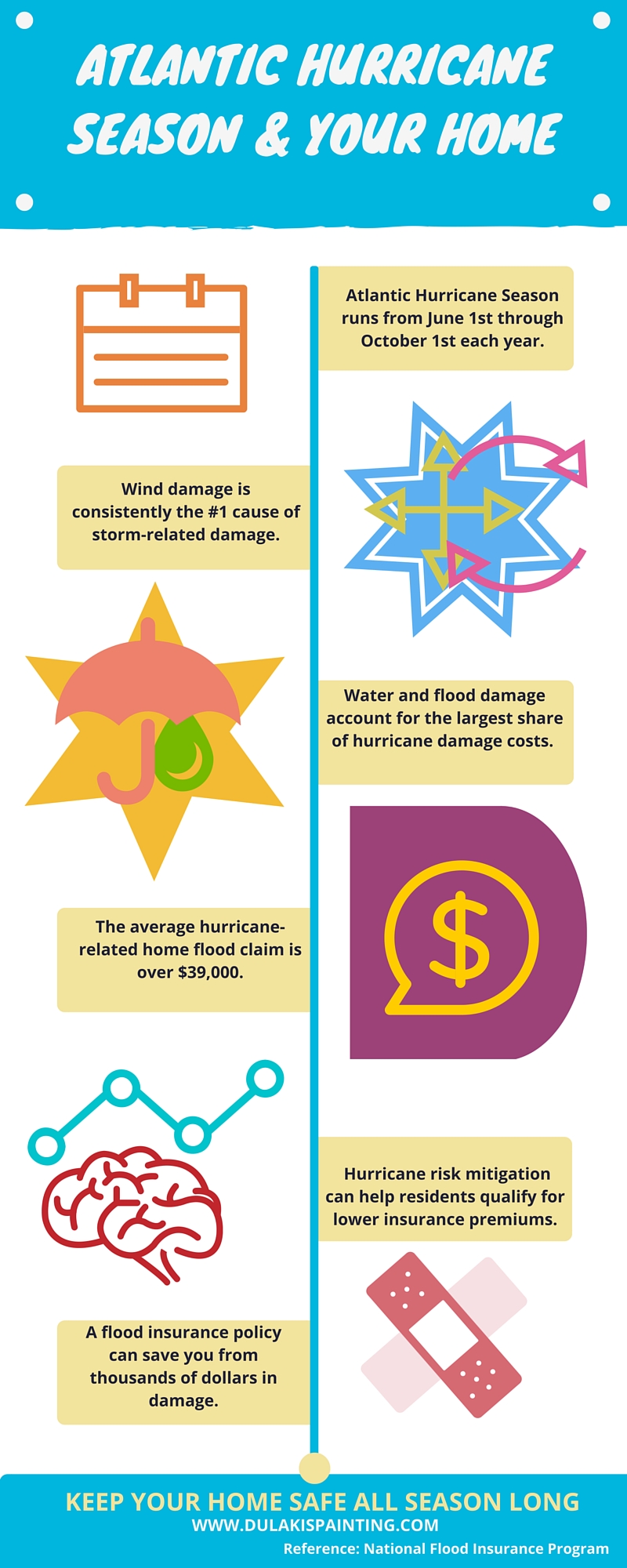Vital Seasonal Aspects Of Commercial Outside Painting: What You Ought To Understand
Vital Seasonal Aspects Of Commercial Outside Painting: What You Ought To Understand
Blog Article
Authored By-Leach Decker
When you're intending a commercial exterior paint task, seasonal elements can make or damage your outcomes. You'll want to consider exactly how temperature level and moisture impact paint application and drying times. Choosing the appropriate season can guarantee your paint sticks appropriately and lasts much longer. Yet which periods are absolutely the best for this type of job? Let' housing painting out the key elements that can influence your task's success.
The Effect of Temperature on Paint Application
When you're planning a business external paint project, the temperature can significantly influence just how well the paint adheres and dries.
Ideally, you want to repaint when temperature levels vary in between 50 ° F and 85 ° F. If it's too chilly, the paint might not cure appropriately, resulting in issues like peeling off or fracturing.
On the other hand, if it's too hot, the paint can dry too promptly, avoiding appropriate adhesion and resulting in an irregular surface.
You ought to additionally think about the time of day; morning or late afternoon supplies cooler temperatures, which can be extra favorable.
Constantly inspect the producer's referrals for the specific paint you're using, as they typically give support on the optimal temperature array for ideal results.
Humidity and Its Result on Drying Times
Temperature isn't the only ecological variable that influences your business outside painting task; humidity plays a considerable function as well. straightline paint can decrease drying times substantially, impacting the general high quality of your paint job.
When the air is filled with moisture, the paint takes longer to treat, which can cause issues like bad adhesion and a higher risk of mildew growth. If you're painting on a specifically damp day, be gotten ready for extensive delay times in between layers.
interior painter plymouth to keep an eye on neighborhood climate condition and strategy accordingly. Preferably, go for humidity levels in between 40% and 70% for ideal drying.
Keeping these factors in mind ensures your job remains on track and delivers a long-term coating.
Best Seasons for Commercial Exterior Painting Projects
What's the best season for your industrial external painting tasks?
Springtime and early loss are usually your best choices. During house of color minneapolis , temperature levels are moderate, and humidity degrees are typically lower, creating optimal problems for paint application and drying.
Avoid summer's intense heat, which can cause paint to dry too rapidly, resulting in inadequate adhesion and coating. Similarly, winter season's cool temperature levels can impede correct drying and healing, taking the chance of the durability of your paint work.
Go for days with temperature levels in between 50 ° F and 85 ° F for optimum outcomes. Keep in mind to check the neighborhood weather prediction for rain, as damp problems can destroy your task.
Planning around these aspects guarantees your painting project runs smoothly and lasts much longer.
Conclusion
To conclude, preparing your commercial external paint projects around seasonal factors to consider can make a considerable difference in the end result. By organizing job during the ideal temperatures and moisture degrees, you'll ensure much better adhesion and drying out times. Bear in mind to watch on neighborhood weather report and select the correct time of year-- springtime and very early fall are your best options. Taking these steps will certainly aid you attain a sturdy and specialist finish that lasts.
